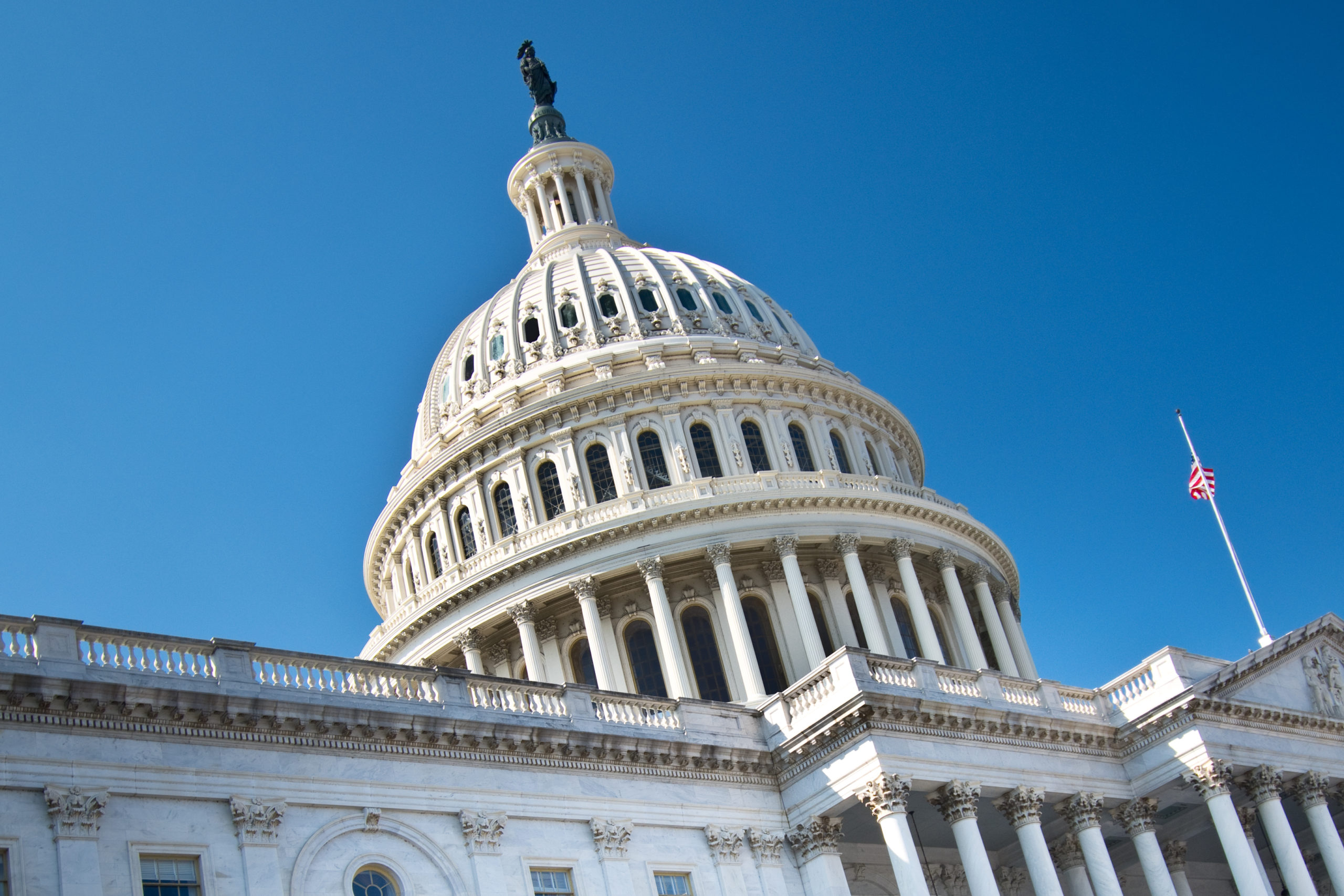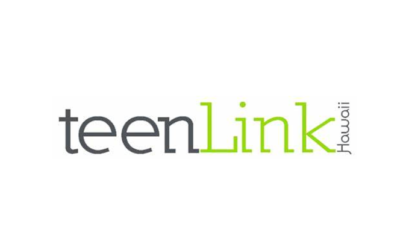Adolescence(ages 10-17) and young adulthood (ages 18-25) are crucial developmental periods characterized by physical, emotional, and intellectual changes, as well as changes in social roles, relationships, and expectations. With funding from the Health Services and Resources Administration (HRSA), Maternal and Child Health Bureau (MCHB), AMCHP works with MCH professionals to achieve the following adolescent health goals:
- Promote and improve the health of adolescents by strengthening the state-level public health capacity and infrastructure for access to preventive care, mental health resources, and other developmentally appropriate services
- Pursue the elimination of health disparities and inequities that affect young people
- Advance leadership practices for MCH at the national, state and local levels
AMCHP aims to advance adolescent health in state programming through its partnership under the MCHB funded Adolescent & Young Adult National Resource Center (AYAH-NRC). The AYAH-NRC was established in 2014 to support MCH investments in the health of adolescents and young adults, by strengthening the abilities of State Title V MCH Programs, as well as public health and clinical health professionals, to better serve this population.
Current Initiatives
Program Areas
Adolescent & Young Adult Mental Health
Although depression is increasing among young people, screening rates and referrals to appropriate treatment remain low. Clinicians in busy practices often lack the skills to screen for depression, and even when they can find time to do the screening, many are faced with few options for further assessment and treatment for young people and their families. In 2017, 13.3 percent of adolescents aged 12 to 17 (or 3.2 million people) and 13.1 percent of 18- to 24-year-olds (or 4.4 million people) reported having a major depressive episode (MDE) in the past year. According to the 2019 Youth Risk Behavior Survey, 36.7 percent of students had experienced persistent feelings of sadness or hopelessness in the past year, while 18.8 percent of high school students had seriously considered attempting suicide – both of which are significant increases over the past 10 years.
Federal and State Adolescent Health Resources
- MCHB Adolescent and Young Adult Health: https://mchb.hrsa.gov/maternal-child-health-topics/adolescent-and-young-adult-health
- State Adolescent Health Resource Center: https://sahrc.umn.edu/
- Adolescent & Young Adult National Resource Center: https://nahic.ucsf.edu/resource-center/
- Got Transition: https://www.gottransition.org/
- CDC Adolescent and School Health: https://www.cdc.gov/healthyyouth/index.htm
Preventive Services: Adolescent Well-Visits
Although the adolescent and young adult years are generally healthy, these periods of the lifecourse entail significant biopsychosocial changes. Habits and behaviors that are often initiated during these periods—in areas such as diet, exercise, sexual behavior and substance use— are linked to health outcomes in the short-term and across the lifespan. Mental health disorders and other conditions may emerge during these periods. With needed support, youth can enter adulthood on a healthy and productive trajectory.
High-quality preventive services can play an important role in providing the support youth need to enter adulthood on a healthy footing. According to a secondary data analysis of the Medical Expenditure Panel Survey, most adolescents ages 10-17 did not receive past-year well visits or most preventive services, even despite modest increases in rates from 41% between 2007-2009 to 48% between 2012-2014. For Young Adults (ages 18-25), they yield even lower rates of receipt of preventive services than for adolescents, ranging from 26% to 58%, based on earlier analyses of national data surveillance systems. Furthermore, significant limitations exist when it comes to the knowledge and research base regarding the quality and comprehensiveness of health care services delivered to adolescents and young adults. This demonstrates that a significant proportion of AYAs are not receiving the recommended services to address their behavioral and physical health needs. In addition, the care that they do receive may not be youth-centered or align with their developmental stages. There is strong evidence that preventive visits are linked to greater receipt of preventive services, compared to non-preventive visits. Overall, however, most preventive services rates are very low, highlighting the need to further promote the preventive visit and increase delivery of preventive services.
The transformation of the Title V Maternal and Child Health Services Block Grant back in 2015 charged states to further prioritize annual preventive visits for adolescents (and by extension, young adults). Under its National Performance Measure framework, a majority of Title V programs select NPM #10, percent of adolescents with a past-year preventive visit, as part of their annual action plan to impact adolescent health and well-being in their state.
New Brief! Promoting and Caring for Young Adult Mental Health
The COVID-19 pandemic brought increased attention to the mental health status and needs experienced by young adults. The 2021 Surgeon General’s Advisory addressing the importance of protecting youth mental health highlights the growing mental health crisis among...
Spotlight: The Ohio Maternal & Child Health Approach to Supporting Adolescent & Young Adult Mental Health
Ohio is one of five state teams participating in the Association of Maternal & Child Health Program’s Adolescent & Young Adult (AYA) Behavioral Health learning collaborative, which aims to improve access to depression screenings with linkage to high quality...
A Conversation with Young Adults Behind TeenLink Hawaii
A Comprehensive Online Health and Wellness Resource for Teens and Young Adults I had the pleasure of spending a Friday afternoon discussing TeenLinkHawaii, a web-based health information resource, with two bright and friendly college students, Mari Nishiguchi and...






